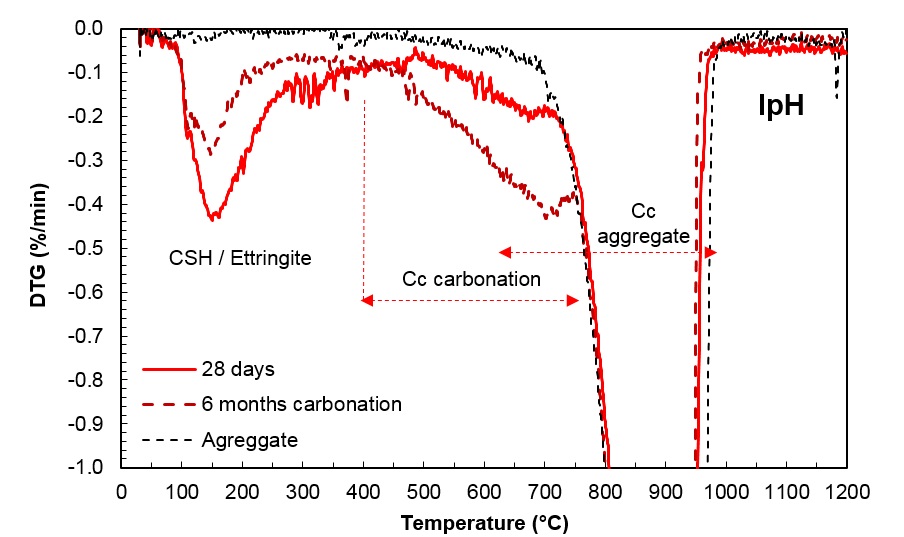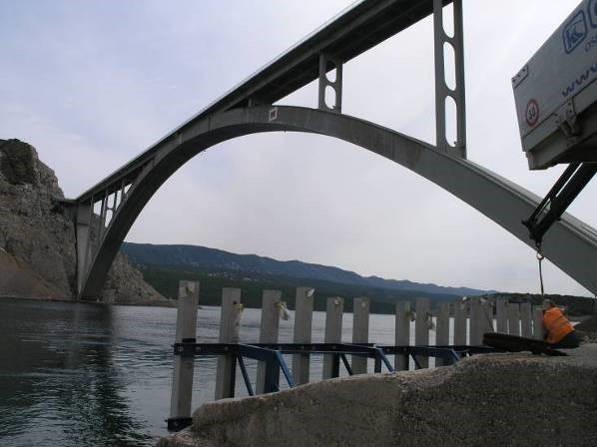Funding agency: Croatian Science Foundation
Project identifier: Installation Research Project UIP-05-2017-4767
Project duration: April 2019 – March 2024
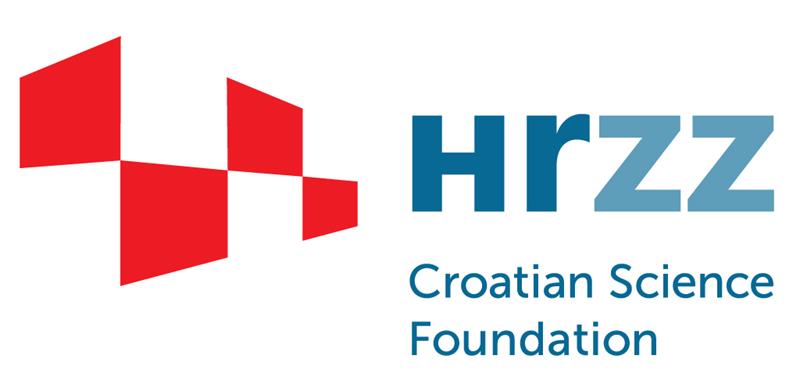

Alternative binders for concrete (ABC) present a new generation of construction materials, based on industrial waste and abundant materials, that are a sustainable and economic alternative to ordinary Portland cement. To be able to reach high or total cement replacement, it is of paramount importance to use more fundamental approaches to research of alternative binders, enabling understanding across several scales (nano-micro-macro). At the same time, to secure their use in practice, it is necessary to use advance analytical tools and reliable service life models to answer the questions concerning long term durability of ABC in aggressive environments.
Hypotheses of ABC project
There exist promising and beneficial raw materials for ABCs available in sufficient quantities as abundant waste or unused by-products in the proximate region.
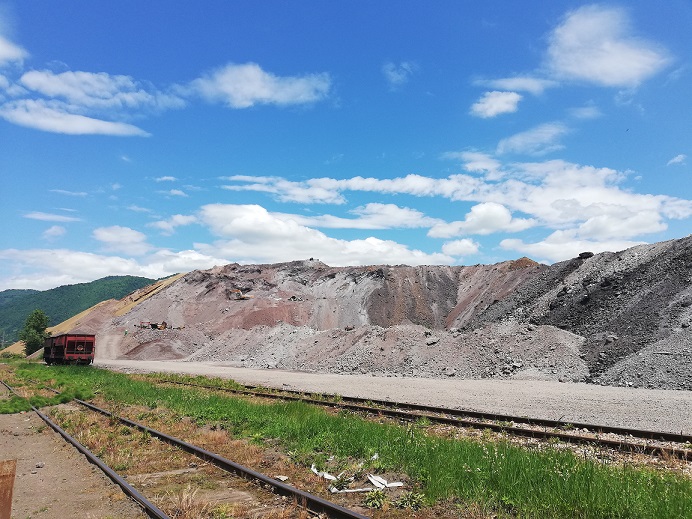
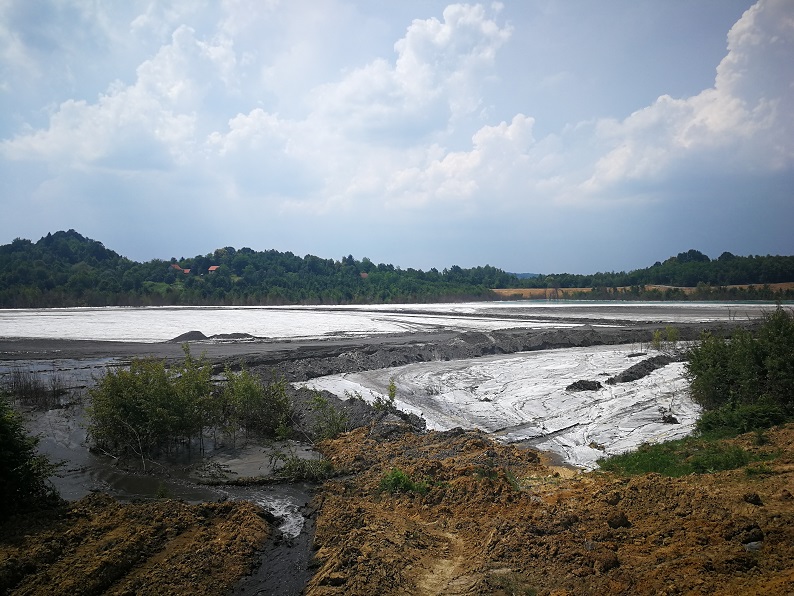
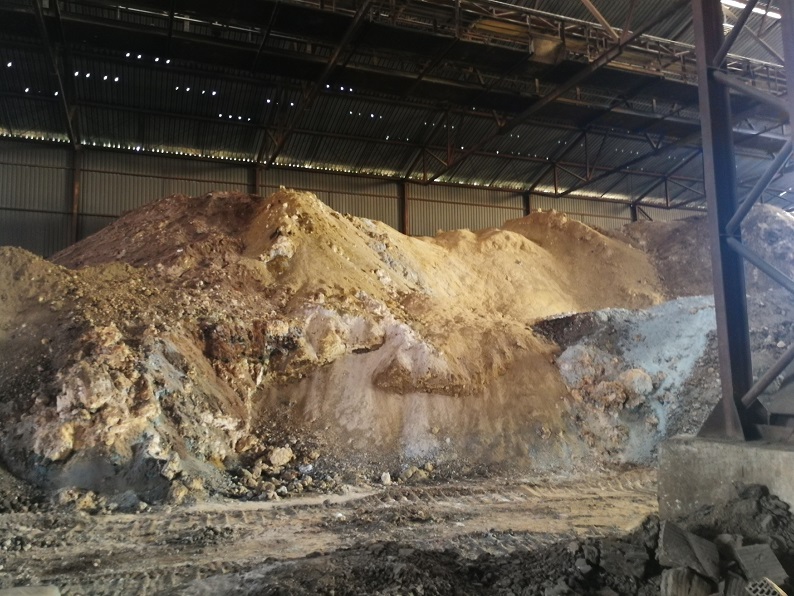
Using analytical methods and more fundamental approach, it is possible to unlock their potential and turn them from waste into valuable raw materials for developing ABCs.
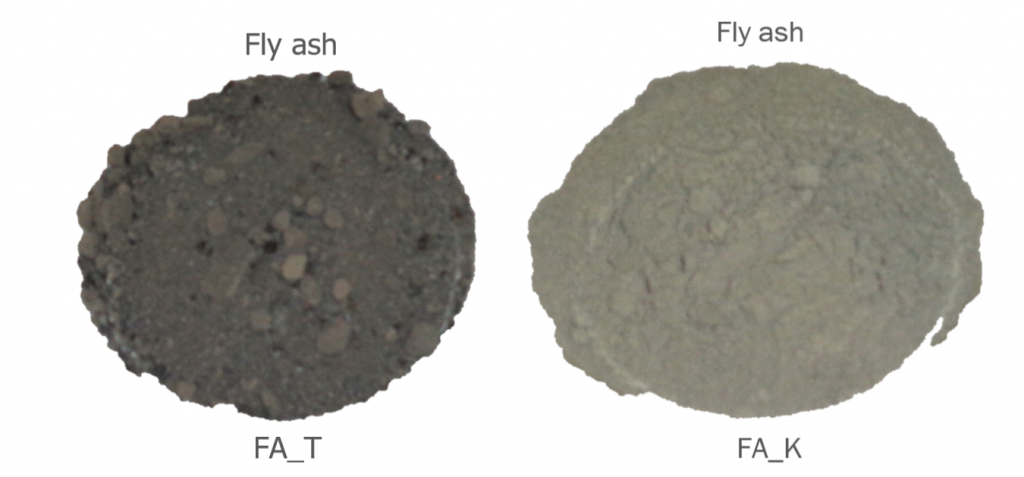
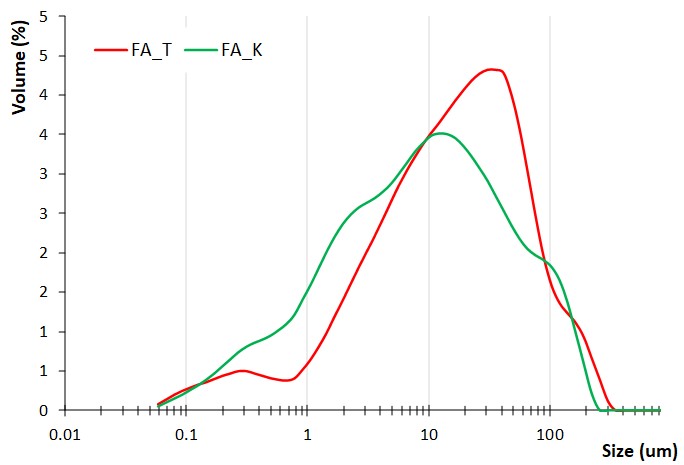
Advanced analytical tools and reliable service life models can provide answers to questions concerning long term durability of ABCs, all for the purpose of predicting their service life in an aggressive environment.
